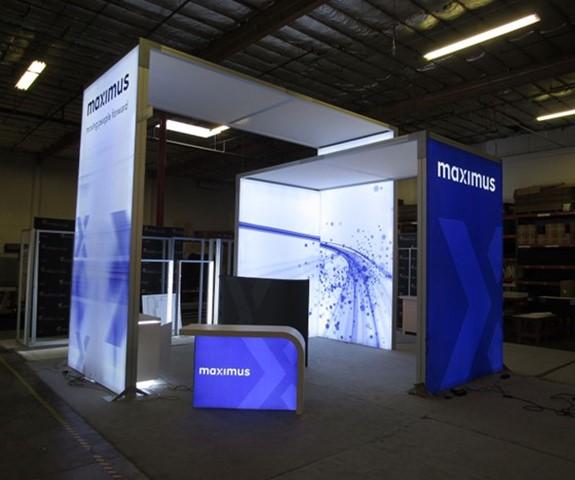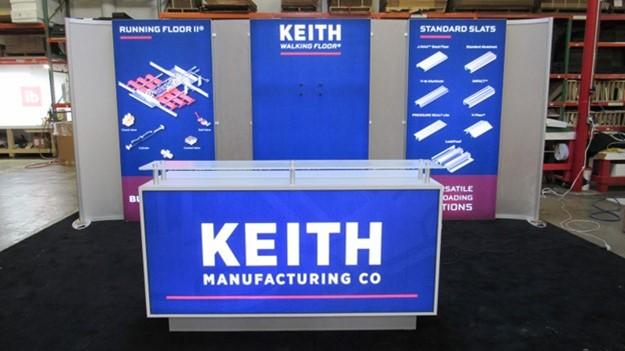Backlit Display Setup and Maintenance

Setup and Maintenance Tips for Backlit Displays
Lightboxes and other
backlit displays are a proven way to attract more people to your exhibit and enhance your brand. By properly caring for your display, you can use it longer and maintain its effectiveness, further boosting its return on investment. Follow these expert backlit display tips to set up and maintain an exhibit so you’re always ready for showtime.
Backlit Display Setup Tips
1. Inspect Components Before Assembly
- Check all parts, including frames, fabric graphics and lighting, for damaged or missing components before you start setting up.
2. Assemble the Display on a Clean Surface
- Use a clean, flat area to prevent damage to the fabric or light panels. Avoid sharp objects or rough surfaces that could scratch or tear the display.
3. Handle Graphics with Care
- Avoid touching the printed side of the fabric with dirty hands to prevent smudges. Roll or fold the fabric gently to avoid wrinkles.
4. Ensure Proper Frame Alignment
- Assemble the frame securely and ensure all connectors are tightened. A misaligned frame can cause uneven lighting or a poor fit for the fabric graphic.
5. Install Lighting Correctly
- Follow the manufacturer’s instructions to connect LED strips or panels. Ensure even spacing and secure connections to avoid flickering or dark spots.
6. Test the Lighting Before Attaching Graphics
- Power on the lighting system to ensure all LEDs are functional before securing the fabric. Fix any issues early to save time.
7. Stretch Graphics Evenly
- Attach fabric graphics using tension systems like silicone edges or clips. Ensure the material is taut to avoid wrinkles or sagging, which can distort the backlighting effect.
8. Use the Right Tools
- Some setups may require simple tools like Allen wrenches or screwdrivers. Have them ready to speed up assembly.

Backlit Display Maintenance Tips
1. Clean the Graphics Regularly
- Use a soft, damp cloth or a recommended fabric cleaner to wipe away dust and stains. Avoid harsh chemicals that could damage the print or material.
2. Inspect the Lighting Periodically
- Check for any burned-out or flickering LEDs and replace them immediately to maintain consistent illumination.
3. Store Properly
- Roll or fold fabric graphics loosely and store them in a protective bag to prevent wrinkles or fading. Store frame components in a padded case to avoid damage during transit.
4. Protect Electrical Components
- power cords and connectors are kept dry and in good condition. Use surge protectors to safeguard against power fluctuations.
5. Prevent Overheating
- Backlit displays with older lighting systems can overheat. Ensure adequate ventilation around the display and avoid placing it near heat sources.
6. Handle Carefully During Transport
- Use padded cases or boxes designed for your backlit display components. Label the parts clearly to make reassembly easy and prevent damage.
7. Replace Graphics as Needed
- Over time, fabric graphics may fade or show wear. Add replacement graphics periodically to keep your display fresh and professional.
8. Test Before Each Event
- Assemble and test the display at your office or workspace before heading to the event. This ensures everything is functional and gives you time to address any issues.



